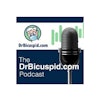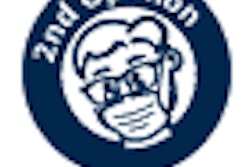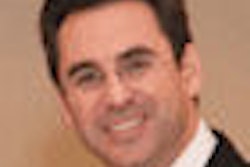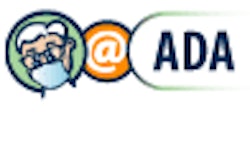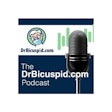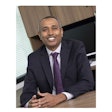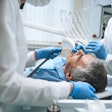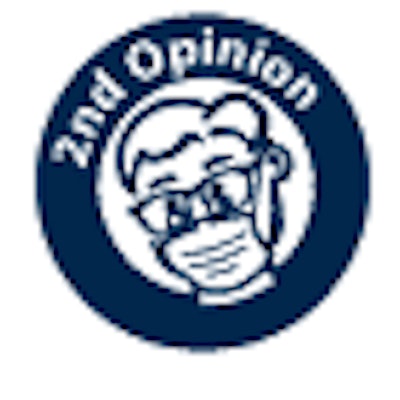
The year 2010 will be the year for "modern dentistry." After a challenging end to the previous decade, dentists now have the opportunity to re-evaluate their practices to determine if they are providing the best in patient care -- and that means incorporating new technologies and creating a better understanding of where value can be added.
What is modern dentistry? It is providing patients with individualized, holistic care by responding to their overall needs, not just their clinical needs. Each patient has unique scheduling, financial, and other personal expectations that should be taken into consideration:
Modern dentistry means dentists are more cognizant of patients' schedules. Visiting the dentist is rarely an experience that people look forward to. Patients generally want to be in and out as soon as possible, especially in this fast-paced, instant-gratification environment that we all live in. Dentists need to find a way to provide that "wow" factor, but not take too much of the patients' time doing it.
Modern dentistry means increased flexibility with financial arrangements. Patients are looking for a good deal, even when it comes to healthcare expenses. Some patients may not be able to afford all the recommended treatments at one time. It is the job of the dentist to help patients navigate which treatments are most urgent and which can be done at a later date.
Modern dentistry means treating more patients in less time while maximizing trust and care. Patients are more apt to seek out a second opinion or switch dental providers in a weak economy or delay their appointments indefinitely. Therefore, it is critical to build "patients for life." As my associates and I have found in our marketing research, the value of a patient accelerates after three years; it is more cost-effective for a practice to keep a patient than it is to spend the time and effort to attract new ones.
Adopting new technologies
To give your practice a boost and enhance patient care, you should employ new technologies. In the coming decade, electronic dental records (EDRs), online registration, digital x-rays, single-visit CAD/CAM restorations, and lasers should no longer be considered a luxury; these advancements are a necessity for modern dentistry.
An electronic dental record system is user-friendly because it mimics the way providers have traditionally used paper charts. EDRs are fully integrated with existing practice management solutions, such as patient treatment plans, charges, insurance records, digital x-rays, appointments, and billing. Patients' records are more precise, can be located quickly, and are backed up to minimize the impact of catastrophic events. While some concerns exist about the privacy of electronic records, these concerns can be minimized if the records are hosted on a secure network.
Online registration is a simple way to add efficiency to your practice. Patients can fill out forms at home before arriving for their appointment, eliminating the need for first-time patients to arrive early. Additionally, paperwork does not need to be manually imputed by a staff member, allowing for less error.
CAD/CAM technology provides the ability for dentists to create same-day crowns, inlays, and onlays. Patients love this technology because it allows for fewer visits, less time in the chair, better aesthetics, higher durability, and a more accurate final product.
Lasers can reduce anxiety in patients who are uncomfortable with the use of the dental drill. Lasers are used in addition to ultrasonic scaling and hand instrumentation to obtain a better clinical result by reducing bacteria and infected soft tissue of the periodontal pocket. Lasers also assist in the organization and formation of a stable clot to help re-establish the attachment of the soft tissue to the root structure of the tooth. Lasers are preferable because bleeding and swelling can be minimized and, in some instances, cause less pain. (Note: All facilities using class IV lasers are required to have a designated laser safety officer -- a dental auxiliary or dentist responsible for ensuring all appropriate laser safety procedures are followed.)
Dentistry, like any service, is seeing a shift in provider/patient relationships. In 2010 and beyond, patients are becoming more knowledgeable about their overall health and are demanding the highest quality service from dentists. Modern dentistry incorporates the latest technology to make patient visits as pleasurable and painless as possible.
Stephen Thorne, B.A., M.H.A., is the CEO of Pacific Dental Services, which he founded in 1994. He received his Bachelor of Arts degree from the University of California, Los Angeles and his Master in Health Administration degree from Chapman University.
Copyright © 2010 DrBicuspid.com
